I hope we can become the Chainlink in this field, where users do not need to perceive our existence, but clients can build their own technology stack seamlessly from Web2 to Web3 with our help.
Vitalik Buterin was inspired to create Ethereum because of a character he liked in "World of Warcraft" being altered by Blizzard, which still represents the original intention of this industry: how to effectively break the fear of centralized servers in popular high-concurrency applications (such as games).
As he mentioned in his latest speech at Token2049, there are two wrong paths: sacrificing usability for decentralization, or forever being an ecosystem that only attracts itself. However, "we are not destined to be trapped in these two choices, but can balance decentralization and usability."
To achieve this goal, the entire blockchain industry has undergone tremendous changes over the past decade, from monolithic blockchains to modular blockchains, from layer 1 blockchains to layer 2 blockchains. While the TPS and transaction volume continue to increase, we have yet to see true mass adoption today, leaving many practitioners confused.
Take rollup as an example. Current rollups tend to achieve extreme compatibility in the stock applications of blockchains and achieve exponential transaction volume expansion in capacity, which seems to balance decentralization and usability. However, while the infrastructure is in place, many L2s have become "ghosts." Why is this?
One reason is that the current premise of rollup infrastructure assumes that the current blockchain's ease of use and attractiveness are sufficient to attract Web2-level applications and developers. However, in the 2023 GitHub development language ranking, the popularity of languages such as Solidity, Cairo, and Move cannot even make it to the top two pages. For users, the fragmentation between various L2s, long finality confirmation waiting times, and the centralization issues brought about by actual committee governance have been widely discussed in the industry, without the need for further elaboration.
We can imagine a scenario: if developers can use their most familiar languages, whether it's Rust, C++, or Go, to produce the games they want without the need for additional cryptographic knowledge, and users can control their game assets and data without extra time and cost, without worrying about a demon in a distant place being able to destroy years of leveling achievements with a flick of a finger, or arbitrarily modify rules. Then, how would developers and users choose?
This is not a pipe dream. This is actually what the protagonist of this article, Delphinus Lab, and many other zkVM projects are doing.
Why do we need zkVM?
"The future of Ethereum will be multi-chain—similar to the multi-chain vision of Cosmos, but with Layer 1 providing data availability and shared security.
—Vitalik Buterin"
The future world belongs to multi-chains. Just as every company has an official website today, in the future, every company/project will have an exclusive rollup connected to Ethereum (or other decentralized value networks), where user operations on this project will be packaged and sent to the Ethereum mainnet for verification, and the exclusive rollup will provide users with the best experience, while the Ethereum network will be responsible for overall security, core data storage, and most importantly, settlement services.
But as we mentioned earlier, the current multi-chain vision is not friendly to the most mainstream developers and applications in this world. Data shows that Web3 developers account for about 0.07% of all developers worldwide, and there are even fewer Solidity developers, let alone niche languages like Cairo and Move. This means that whether it is to compete for existing Solidity developer resources with various zkEVMs, or to find a way for developers to master a new language with a very steep learning curve, it is not a short-term incremental solution. On the other hand, a large number of applications developed using traditional Web2 languages cannot run natively on the blockchain as native contracts, which blocks an important path for on-chain application scaling.
We need a win-win scaling solution: one that is compatible with traditional development environments and can trustlessly integrate applications into the current blockchain ecosystem.
Currently, ZK technology is the most recognized mainstream method for trustlessly integrating programs into the blockchain, but many people's impressions of ZK still remain at "difficult to learn" and "difficult to implement." This is because in the early days of ZK technology, people generally used ZK-specific languages such as Cairo and Noire to develop ZK applications, which are actually more difficult for programmers to use flexibly than blockchain development languages like Solidity.
With the rapid development of ZK technology in recent years, this problem has gradually been overcome, and developing a general-purpose zkVM is no longer an unattainable dream. In 2022, Delphinus Lab released the first open-source zkVM that supports WASM, marking a crucial step in Delphinus Lab's layout to solve trustless application integration—readers can read Sinka Gao and his colleagues' paper titled ZAWA: A ZKSNARK WASM Emulator published in IEEE to understand the technical details. As the paper states, "…we propose and implement the first ZKSNARK Wasm virtual machine that supports the Wasm specification, which can generate succinct zero-knowledge proofs of execution results. In addition, by providing ZAWA, existing programs compiled into Wasm can meet the emerging privacy and trust requirements in cloud computing and edge computing without any modification."
For readers unfamiliar with Wasm, it is a bytecode supported by major web browsers, providing an efficient compilation target for source languages such as C, C++, and Rust, which are compiled into your browser and run on your CPU at near-native speeds. In 2019, it was formally adopted as the fourth new web standard by the W3C World Wide Web Consortium, with powerful potential for performance revolution.
As for what zkWASM is, we recommend reading Polygon co-founder Sandeep's article, Ultimate Guide to zkWASM. In this blog post, Sandeep boldly states that zkWASM combines the flexibility of traditional programming with a focus on privacy-preserving zero-knowledge proofs, bringing new use cases for decentralized technology while ensuring strong security, privacy, and interoperability, with the potential to disrupt the blockchain industry.
Why does Sandeep make such a claim? First, Wasm, as a binary instruction format, was initially designed to be portable and high-performance, supporting almost all programming languages you can think of, such as C++, Rust, Python, Go, Java, JavaScript, Ruby, Swift, and more. Since almost all web browsers have built-in Wasm interpreters, this means that developers can choose the language that suits their preferences and project needs to improve development efficiency and code quality. With the addition of ZK, zkWASM becomes even more powerful. Developers can write privacy applications in their preferred programming languages without any knowledge of zero-knowledge proofs. It can be said that zkWASM combines security, scalability, interoperability, and privacy protection. It not only solves the problems of blockchain and dApps but also accelerates the implementation of ZK-ML and on-chain ML, making it an ideal "powerful alliance."
Stay optimistic, but not blindly so
Due to the rapid progress of zkVM in recent years, some optimists of zkVM, such as Bobbin Threadbare of Polygon Miden, even believe:
"The best solution at present is to build a zkVM based on WASM or RISC-V, preferably supporting languages like Rust, Go, C++, and even Solidity. If there is such a universal zkVM, it will be a blow to zkEVM."
However, as the pioneer of zkWASM open-source virtual machine, Delphinus Lab's vision is actually more cautious. In its 2022 roadmap, while zkWASM is the most important adhesive in the entire layout, it is far from enough to support the grand blueprint of "trustlessly linking web2 applications to web3," and the reason is hidden in the following formula:
"Developer's Willingness = Economic Incentives * Tool Maturity * Reusable Code Volume"
– Sinka Gao, Founder of Delphinus Lab
From the right side of the formula, we know that a general-purpose virtual machine does not have a high real weight in driving developer willingness. Just as the Linux kernel needs powerful devices, drivers, and POSIX APIs to demonstrate its value, zkVM not only needs to be strong on its own but also needs to leverage mature platforms, rich community code, and mature economic effects to achieve a positive cycle of business and technology.
If readers have further understanding of zkVM, they will find that in addition to Delphinus Lab's zkWASM, there are many first-class teams and solutions active in this field, such as RISC-ZERO, Succint's SP1, Valida, Nexus (2.0 using Jolt), and more. The main competition indicators for these virtual machines are the number of instructions that can be proven per unit time. For example, the performance data of RISC-ZERO in 2024 shows that it can prove every million RiscV instructions on a GPU 4090 in 10-12 seconds. At the same time, Delphinus Lab is also making continuous efforts to optimize the performance of zkWASM. Currently, zkWASM can support 64-bit instruction sets, and proving 1 million instructions on a GPU 4090 takes 15 seconds and consumes 64GB of memory.
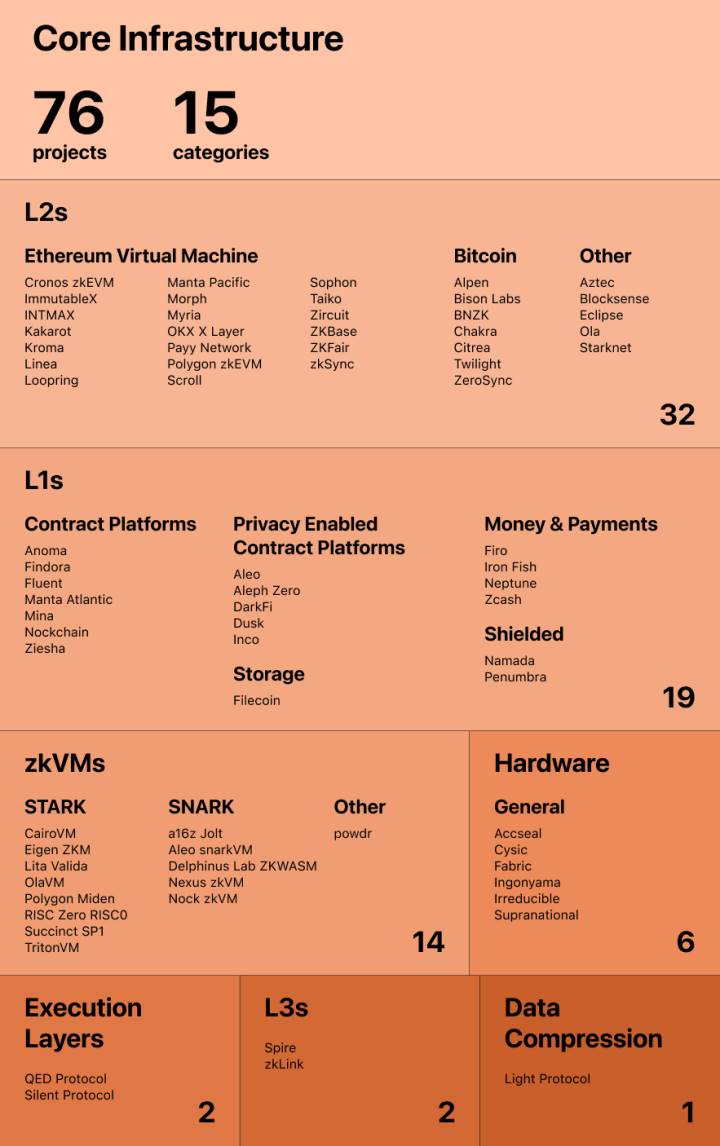
2024 Electric Capital ZK Market Map: Core Infrastructure
But, can performance determine everything? We can return to the historical ranking of development languages on GitHub. The top three languages, JavaScript, Python, and Java, are actually scripting languages with the lowest performance.
Performance is only the "enabling" indicator of digital infrastructure, not the determining factor, and it should not be alienated into a competition that is detached from usage scenarios. Our original intention has always been to have more killer applications. If we predict that the "enabling" issue will ultimately be resolved, the engineering and hardware optimization of ZK backends' performance (stark, gkr, jolt, KZG + folding, etc.) will eventually follow Moore's Law. So, apart from performance, what else is left on the right side of the equation?
As Munger said, we need to go where the fish are. For the mass adoption of web3, the "place with many fish" will be the browser. At this stage, we cannot assert which zkVM will prevail, or if there will be a variety of options, but the viewpoint of Delphinus Lab is that Web3 adoption will still start with mini-programs, and the browser is the heavyweight birthplace of mini-programs: whether it is the initial release of Chatgpt in the browser, various CMS platforms such as Shopify and WordPress being available on the browser, or the browser serving as an important carrier for Web3 wallets, the Web is actually the only truly universal platform that can access applications on any device. Furthermore, web applications are constantly evolving, from simple search and email functions in the past to now being able to support games, video editing, music production, and more.
WASM is the binary code born for the browser. Researchers have compared WASM to a magic engine, which can run immediately anywhere on the web when needed with just one click, without the need for downloading and installation. zkWASM inherits this advantage, allowing users to use these applications in the browser just like regular applications, without needing any special hardware or software to run these applications.
With scenarios and users, there can be economic incentives. What zkWASM needs to solve is the "last mile" problem for countless small and medium-sized web2 applications wanting to enter the web3 world. Compared to traditional JavaScript, WASM has the ability to run efficiently in the browser, opening up the possibility of bringing many other applications to the browser terminal, and zkWASM will further bring these applications into the world of web3, becoming a booster for the large-scale adoption of web3.
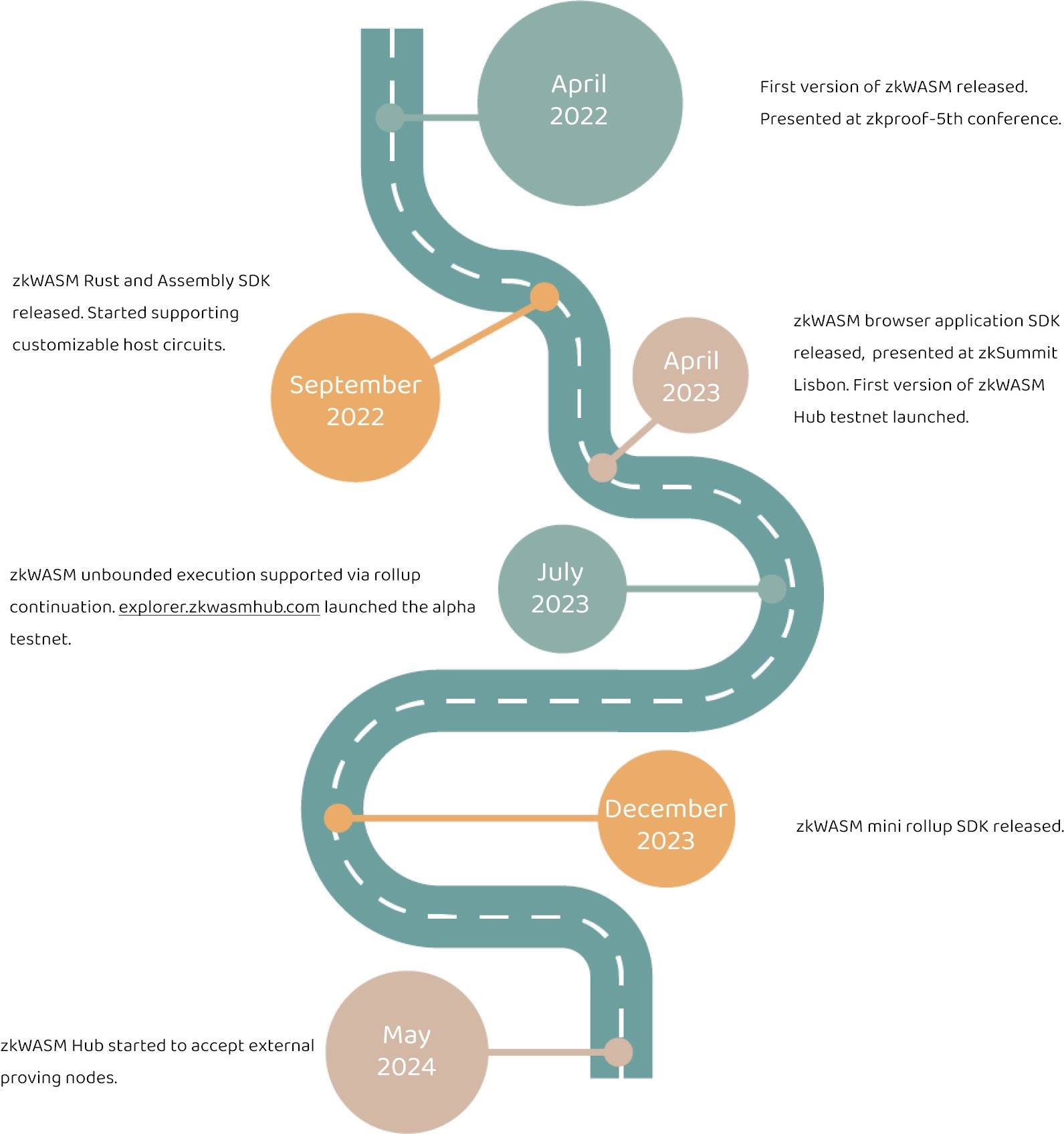
Delphinus Lab roadmap
The ecological blueprint of open collaboration
"I hope we can become the Chainlink in this field, where users do not need to perceive our existence, but clients can build their own technology stack seamlessly from Web2 to Web3 with our help.
—Sinka Gao, Founder of Delphinus Lab"
When technology moves from the laboratory to the market, it is not enough to discuss technology based solely on technology. The engineering capability to turn technology into usable products and the strategic approach to the ecosystem will to a greater extent determine the success or failure of the technology.
From the beginning, Delphinus Lab has been dedicated to serving small and medium-sized clients wholeheartedly. In cooperation with Blade Games, Delphinus Labs not only helped Blade Games introduce zkWASM for verification in its tower defense game but also jointly developed the industry's first solution that allows verifiable games to be developed directly from Unity. Game developers can use their familiar C# instead of Solidity, Rust, or Cairo, and they don't need to spend time and effort trying to unify the rendering and animation of the Unity engine with the game logic code based on Mud/dojo's solidity/cairo.
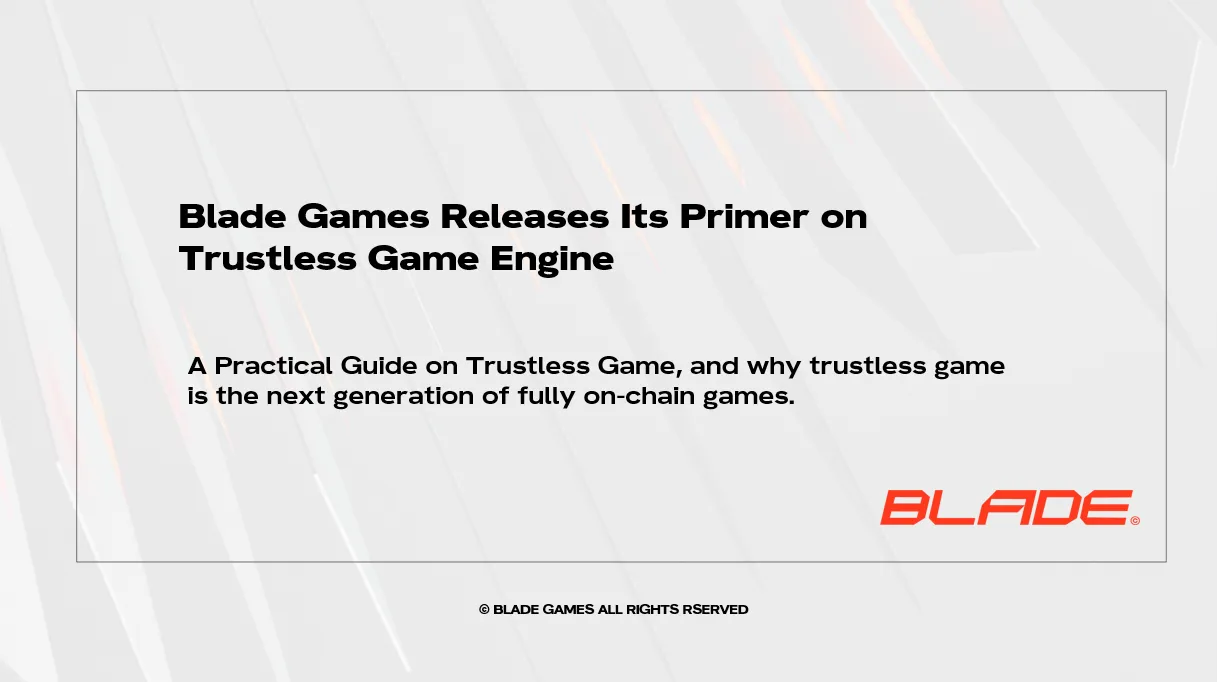
Using this completed development solution as an engine, Blade Games and multiple game studios have developed several verifiable full-chain games such as Dune Factory, Craftpunk, and the recently beta-tested Scroll, a top strategy game on the 0xPioneer chain, becoming the first infrastructure provider in the industry to use a modular ZK technology stack to build a fully on-chain game engine.
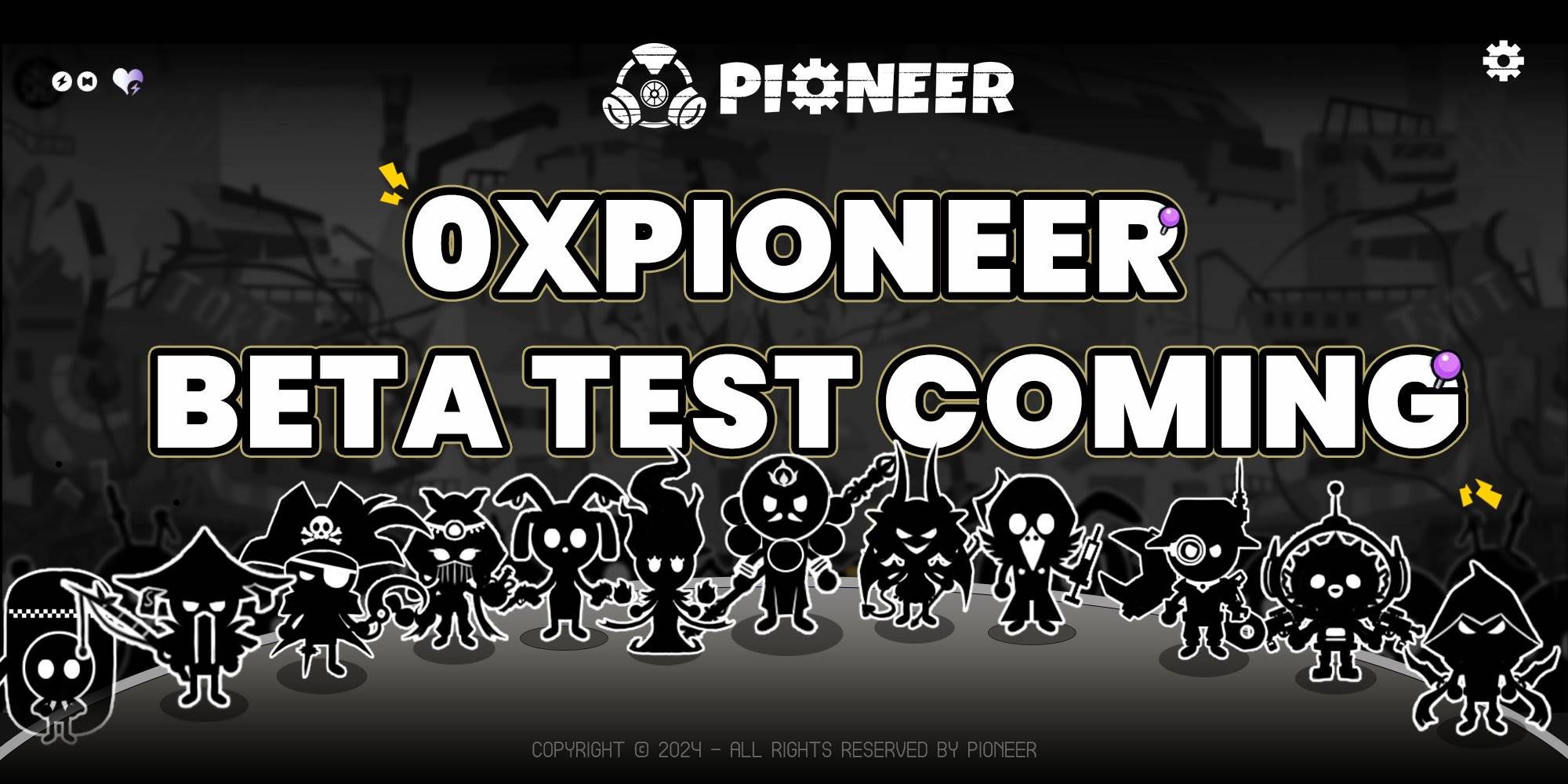
The same is true for the cooperation with MineMatrix. The industry has long suffered from the majority of airdrop benefits being snatched by bots, while real users often receive very little. Based on zkWASM technology, MineMatrix has developed a digital game template that allows users to prove themselves as real people and receive airdrops by solving interesting NP-hard problems without revealing their identity, making fair distribution truly fair. This template is completely flexible and open, and projects can provide ready-to-use solutions based on this zkWASM mechanism according to their own style or needs, whether it is adjusting the storyline, modifying game mechanics, or integrating NFTs.
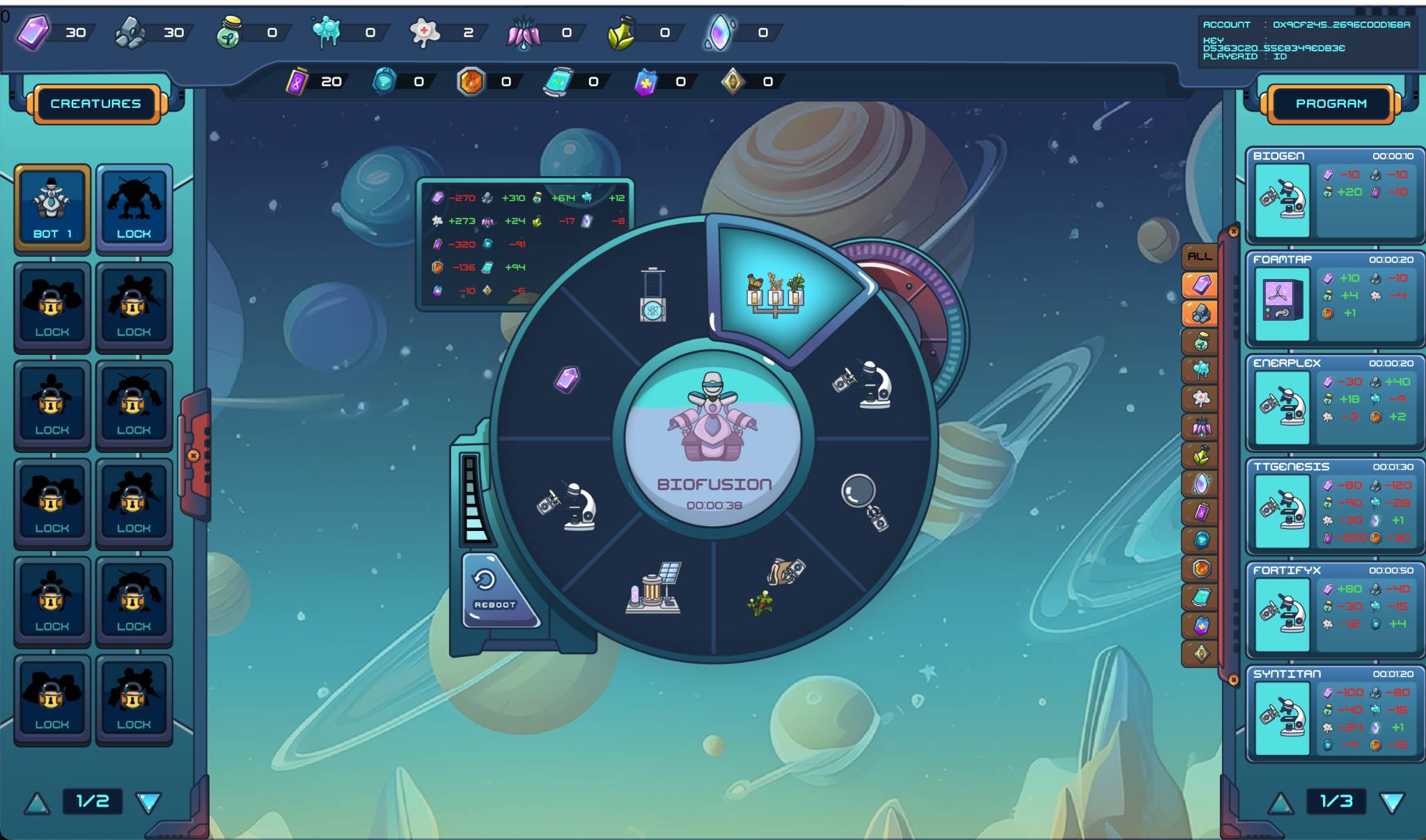
This has always been the positioning of Delphinus Lab. In addition to completing the mission of bringing Web2 developers into Web3 to build verifiable applications, it is more important to take a position of empowering the ecosystem. "I hope that the clients we work with can have their own technology stack with our assistance, rather than turning us into their technological dependence," said Sinka Gao.
Looking at many other players in this industry, while they may have concentrated clients from top projects in the industry, they may fall into the common misconception of traditional B2B service companies, the "big companies, small projects" dilemma. It's like countless financial IT companies listing large state-owned banks as their cooperative clients, but they may only help in the transformation of internal OA systems. On the other hand, in the process of cooperating with small and medium-sized clients, they may be too overbearing, only providing packaged solutions, and the small and medium-sized clients cannot grow in this process.
Sharing capabilities is one part, sharing benefits is another part that is even harder to achieve. The relationship between Delphinus Lab and validators is a win-win cooperation, rather than a simple supplier-client relationship. Taking the three-party cooperation of Delphinus Lab, zkCross, and Gevolut Network as an example, on the ZKCross Playground, developers can write code online, compile it into bytecode compatible with zkWasm, sign it with their private key, and then upload it to the ZKCross node. The node will handle the remaining tasks, such as proving storage, and then store the transactions and proofs in the modular blockchain's DA layer (such as Avail), while forwarding the proof generation to Gevolut Network.
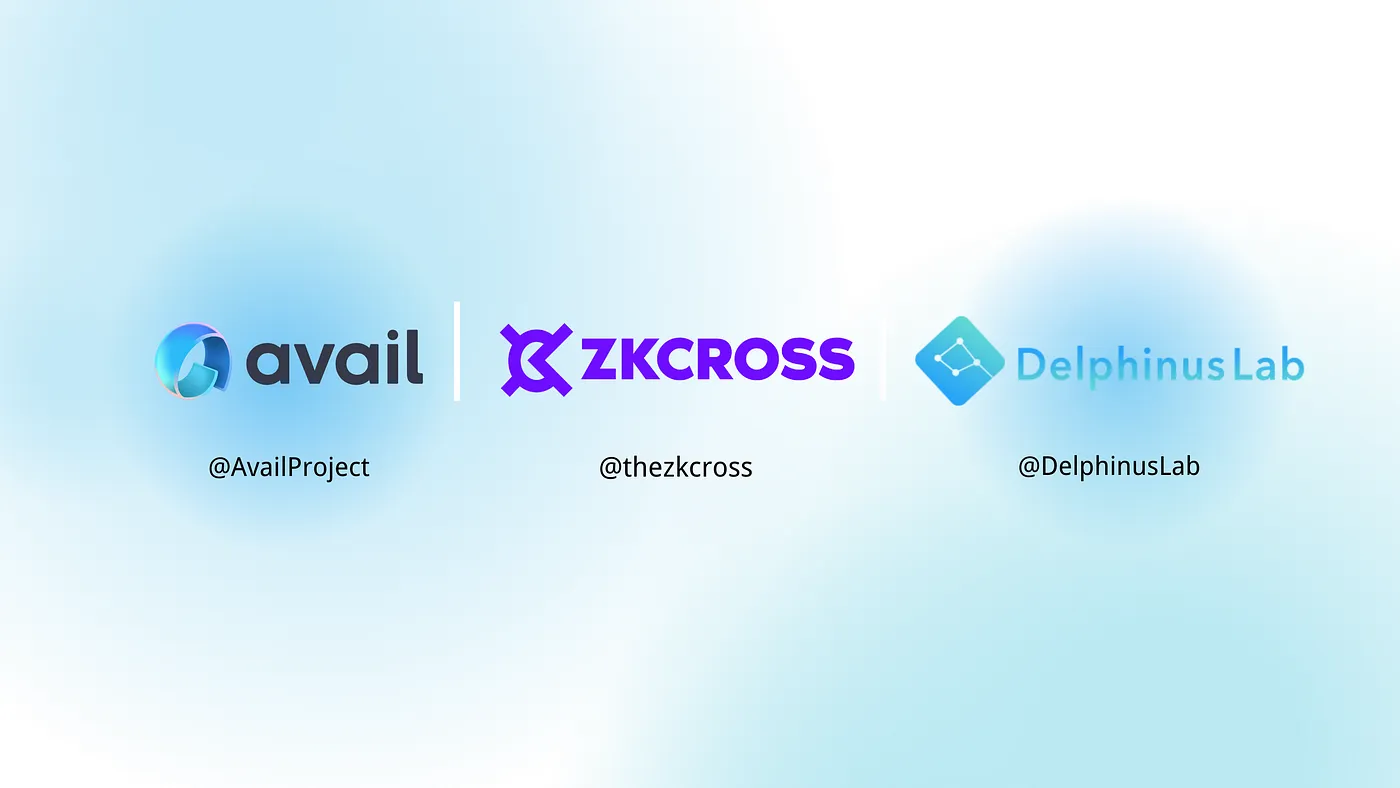
In this process, anyone can run a node and share in the verification rewards, as well as potential future airdrop incentives. Since June of this year, Delphinus Lab has opened node operation rights to third parties, and anyone interested in becoming an external node for zkWASM can join, and receive a 3% incentive during the testing period.
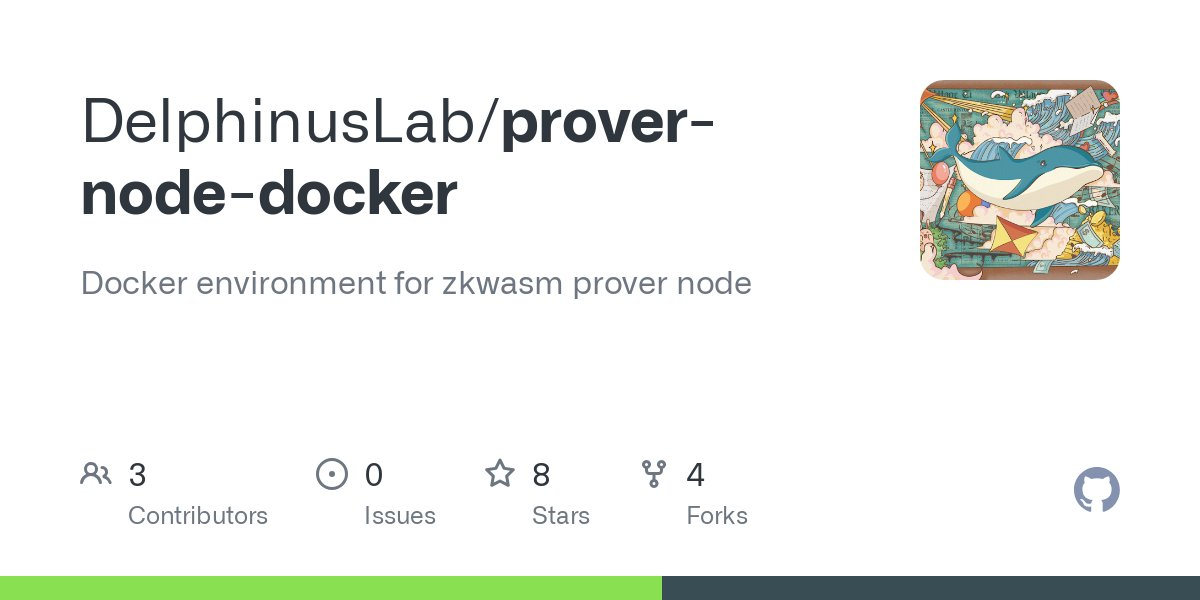
There are many similar win-win collaborations, such as the collaboration with ETH Storage and Hyper Protocol to release the zkGo compiler, which compiles regular Go code into ZK protocol-compatible Wasm code for the first time in the industry; and the collaboration with Pi Squared to integrate zkWASM proofs with its Universal Settlement Layer (USL), and the collaboration with the open-source development tool Spin to help Spin's users build and run verifiable applications using zkWASM.
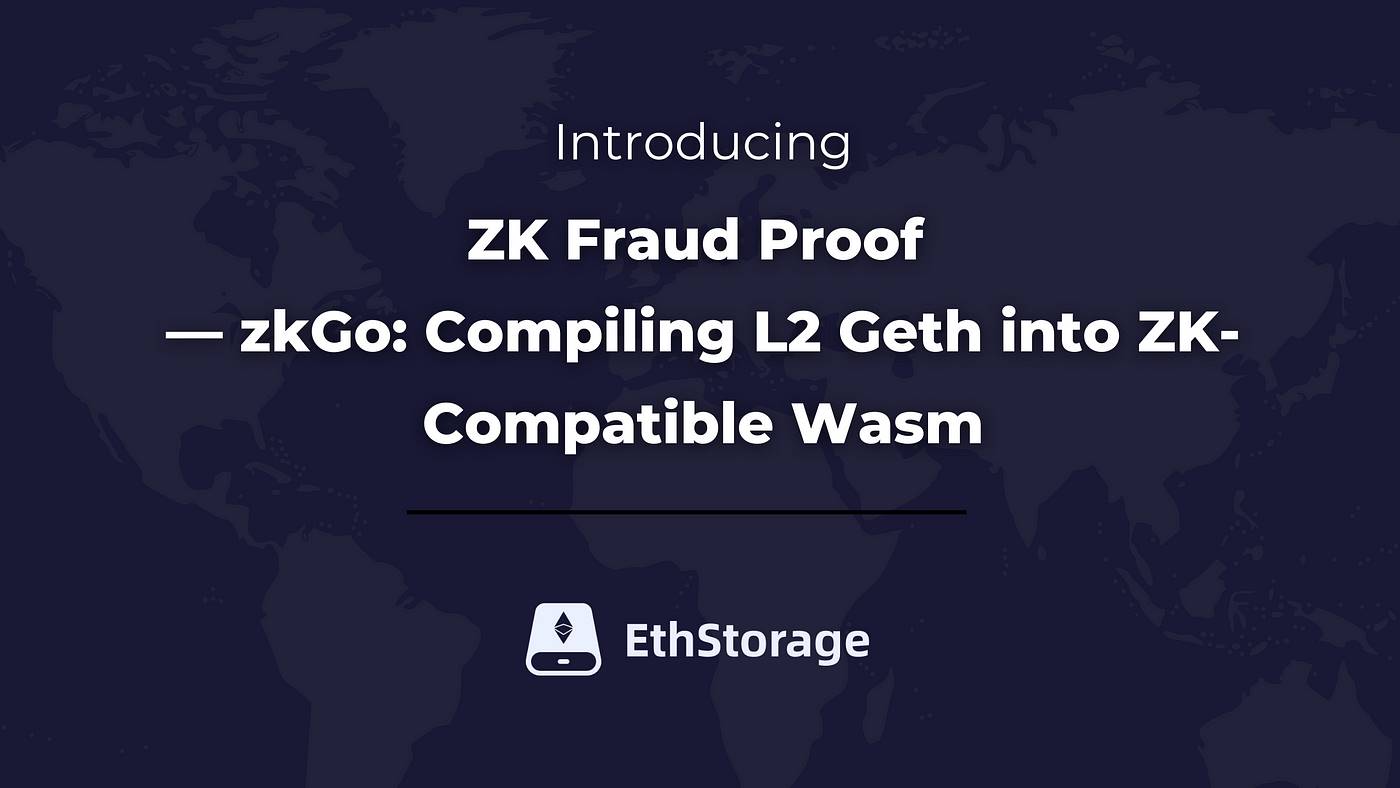
Delphinus Lab also stands in the shoes of every participant in the industry, thinking about how each link can obtain reasonable returns in the value chain to promote the healthy development of the industry. Taking the game industry as an example, in a previous article "The Dilemma and Way Out of Web3 Games", they contributed such thoughts, using the mini-rollup SDK to build an application rollup chain, providing a one-click lending platform within it, solving the problem of initial recharge difficulty for game users by borrowing in-game tokens from users, and effectively serving as a native cross-chain bridge for the circulation of game derivatives, allowing a portion of the value of game derivative transactions to be obtained by the game itself.
At this stage, Web3 entrepreneurs need to consider not how to divide the limited cake, but how to make the cake bigger together. Only when the gate is large enough and the road is smooth enough can a large number of developers and users enter, and only with a source of fresh water can Web3 avoid falling into the trap of enclosure and the confusion of crypto-nihilism.
Many people believe that the current crypto cycle is a cycle of nihilism, and the market has become a game of ups and downs attached to the stock market. But in reality, truly foundational innovation is erupting on the edges that public opinion does not pay attention to. Vitalik said, "We are not in the early stages of the cryptocurrency industry, but in the early stages of cryptocurrency being truly usable," and the real builders of this industry should also have the confidence to predict that the market will ultimately return to an "application cycle" with real income, real monopolies, and real use cases. As Sinka hopes, within the next five years, zkWASM can prove to be a project that can economically circulate, helping Web2 applications wanting to enter Web3 to take the crucial step and become an important part of driving the industry's flywheel.
免责声明:本文章仅代表作者个人观点,不代表本平台的立场和观点。本文章仅供信息分享,不构成对任何人的任何投资建议。用户与作者之间的任何争议,与本平台无关。如网页中刊载的文章或图片涉及侵权,请提供相关的权利证明和身份证明发送邮件到support@aicoin.com,本平台相关工作人员将会进行核查。




